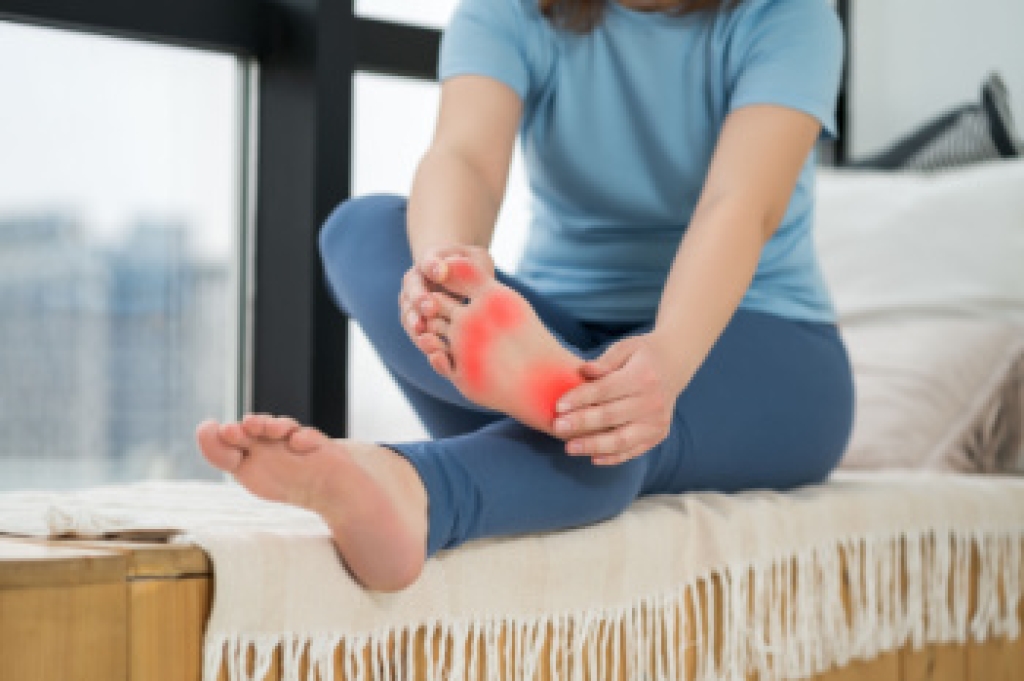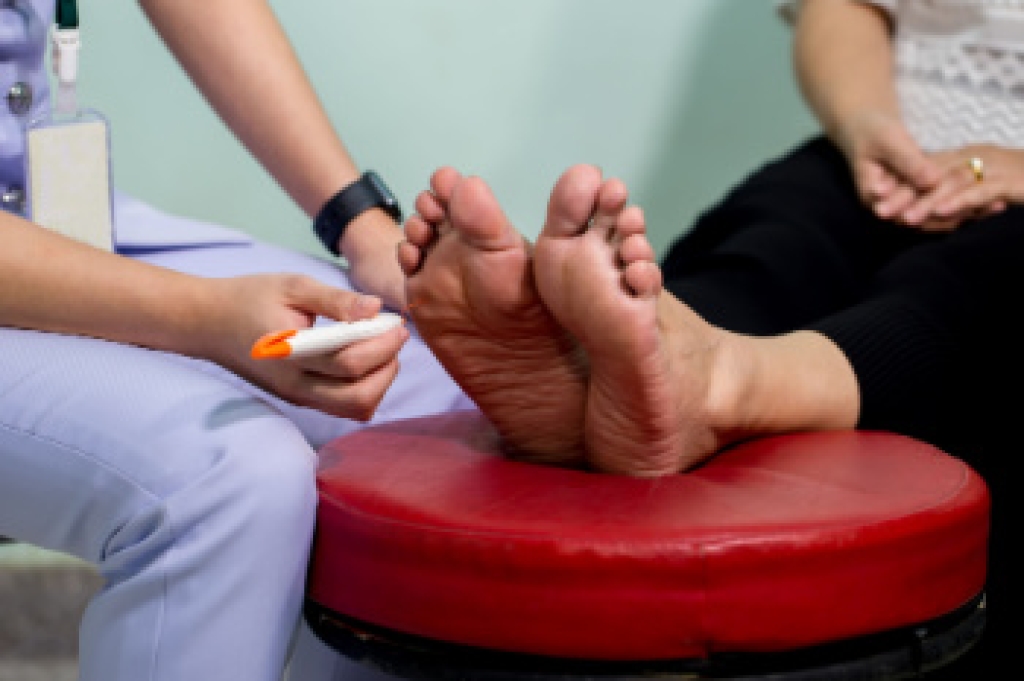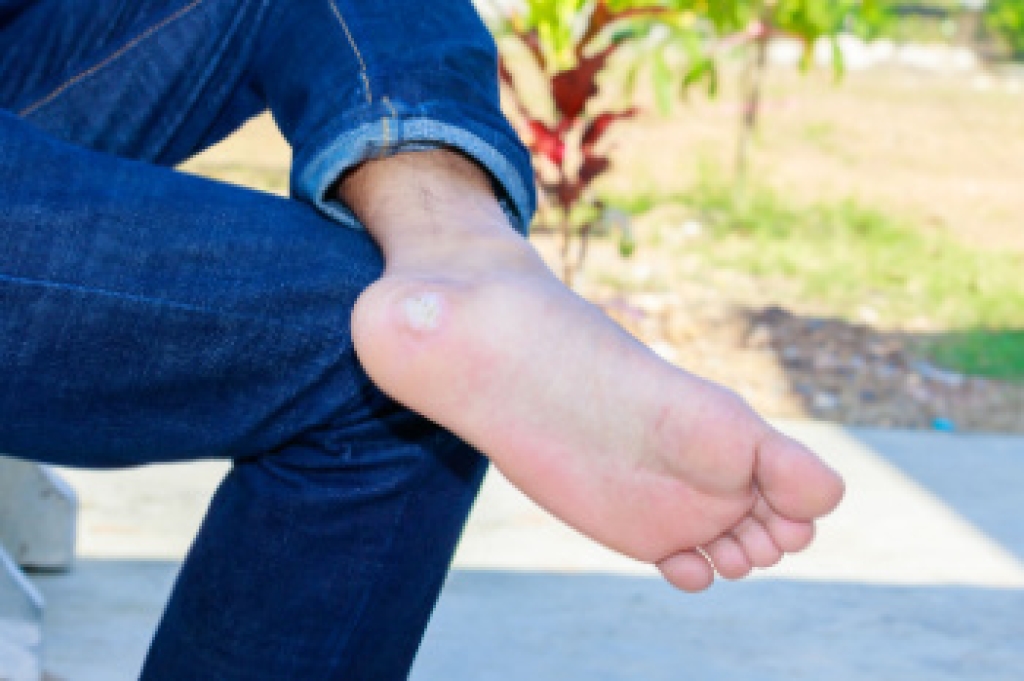
Athlete's foot is a fungal infection that affects the skin on the feet, particularly between the toes. It is caused by fungi that thrive in warm, moist environments, such as locker rooms, communal showers, and damp footwear. Symptoms often include itching, redness, peeling skin, and a burning sensation. In more severe cases, the skin may crack or blister. Risk factors include wearing tight or damp shoes, walking barefoot in public places, and having a weakened immune system. A chiropodist can diagnose the condition, recommend antifungal treatments, and provide guidance on preventing recurrence. Proper foot hygiene, drying the feet thoroughly, and wearing breathable footwear are essential steps. If you have any of the above symptoms, it is suggested that you promptly contact a chiropodist who can provide appropriate treatment solutions.
Athlete’s foot can be uncomfortable and unsightly. To learn more about preventing and treating this condition, please consult with one of the specialists from Thornhill Foot Clinic. Our chiropodists will assess your condition and provide you with quality foot and ankle treatment.
What Is Athlete’s Foot?
Athlete’s foot refers to an infection of the skin on the feet that is caused by a fungus. This fungus is contagious and thrives in warm and moist environments. It is often spread in common areas such as public pools, locker rooms, and showers. It can also spread when sharing personal items, like shoes or towels, with an infected person.
Symptoms
The symptoms of athlete’s foot may include:
- Itching, stinging, or burning of the skin on the feet
- Cracking or peeling skin, especially between the toes and on the soles of the feet
- Scaly, red rash on the foot
- Blisters
- Foul odor
Treatment
Treatment for athlete’s foot typically involves using over-the-counter topical antifungal medications on the feet. When over-the-counter options are ineffective, you may need to take prescription oral medications or topical antifungal drugs, or a combination of both.
Prevention
Preventing athlete’s foot places an emphasis on good foot hygiene practices.
You can prevent athlete’s foot by:
- Washing and drying your feet thoroughly every day
- Wearing shoes when walking in public areas
- Not sharing personal items, like shoes or socks, with others
- Wearing shoes and socks made out of breathable materials
If you have any questions please feel free to contact our office located in Vaughan, ON .




